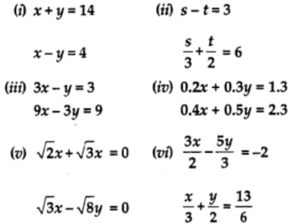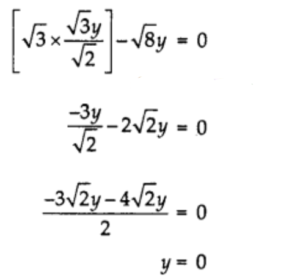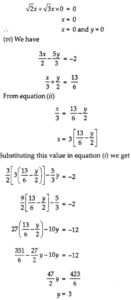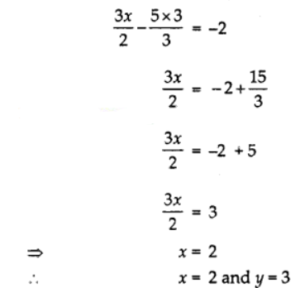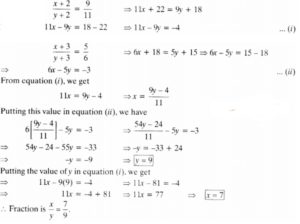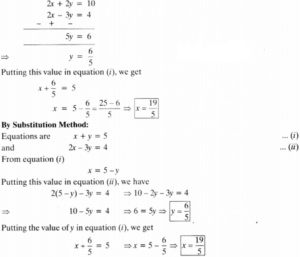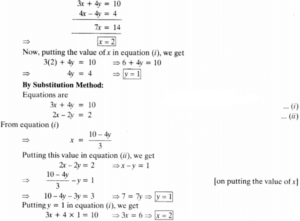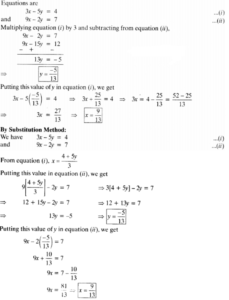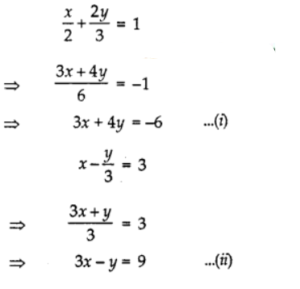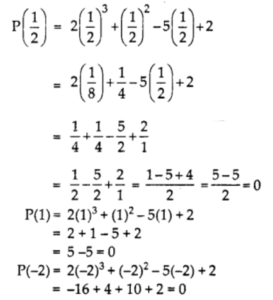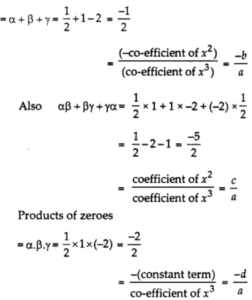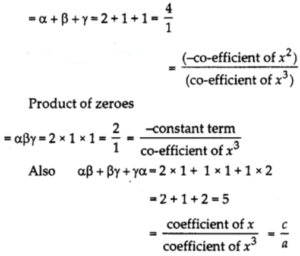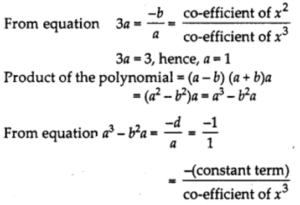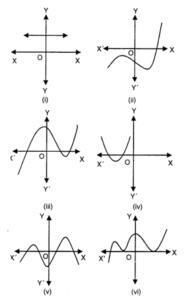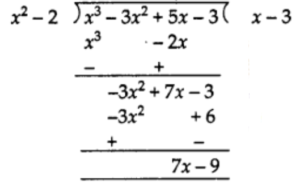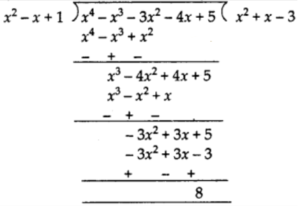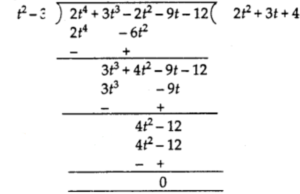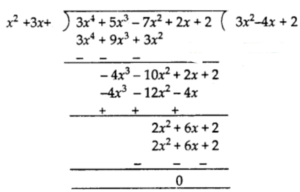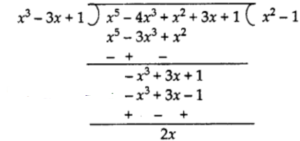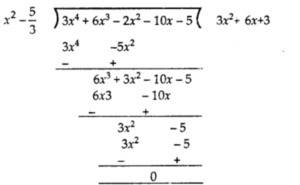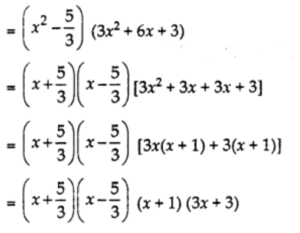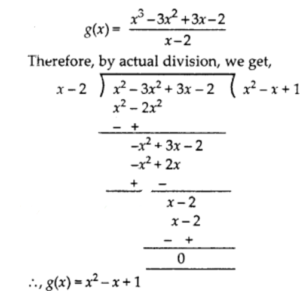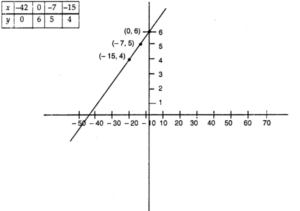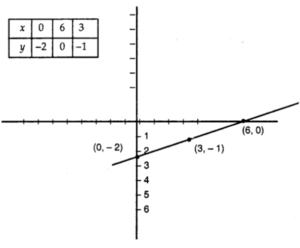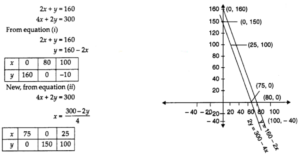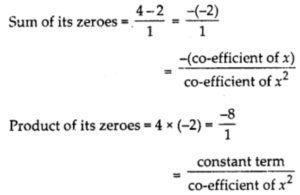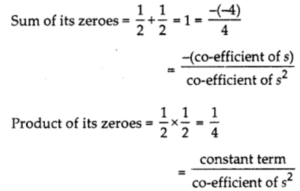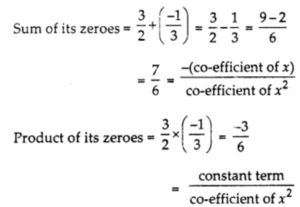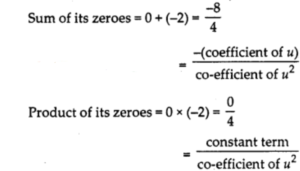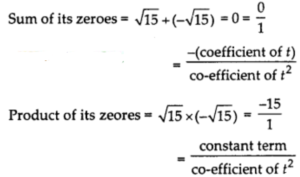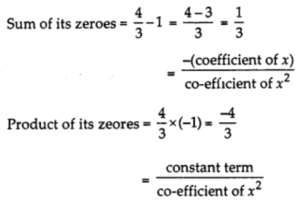Math is tough but solving them is impossible said no one ever!! Make use of these NCERT Solutions For Class 10 Maths for finding solutions and also note that NCERT Solutions for Class 10 Maths PDF are available online for extra reference. This chapter includes NCERT Solutions for Class 10 Maths Chapter 1 Real Numbers Ex 1.4. Practice more so you score more!!
NCERT Solutions for Class 10 Maths Chapter 1 Real Numbers
Exercise 1.4
Question 1.
Without actually performing the long division, state whether the following rational numbers will have a terminating decimal expansion or non-terminating repeating decimal expansion:
(i) \(\frac { 13 }{ 3125 }\)
(ii) \(\frac { 17 }{ 8 }\)
(iii) \(\frac { 64 }{ 455 }\)
(iv) \(\frac{15}{1600}\)
(v) \(\frac { 29 }{ 343 }\)
(vi) \(\frac{23}{2^{3} 5^{2}}\)
(vii) \(\frac{129}{2^{2} 5^{7} 7^{5}}\)
(viii) \(\frac { 6 }{ 15 }\)
(ix) \(\frac { 35 }{ 50 }\)
(x) \(\frac { 77 }{ 210 }\)
Solution:
(i) \(\frac { 13 }{ 3125 }\) = \(\frac{17}{2 \times 2 \times 2}\) = \(\frac{17}{2^{3}}\)
Because the denominator can be in the form 2n 5n, hence it will have terminating decimal expansion.
(ii) \(\frac { 17 }{ 8 }\) = \(\frac { 17 }{ 8 }\)
It will have terminating decimal expansion.
(iii) \(\frac { 64 }{ 455 }\) = \(\frac{64}{5 \times 7 \times 13}\)
Non terminating repeating decimal expansion.
(iv) \(\frac{15}{1600}\) = \(\frac{15}{2^{2} \times 5^{2}}\)
It will have terminating decimal expansion.
(v) \(\frac { 29 }{ 343 }\) = \(\frac{29}{7^{3}}\)
Non terminating repeating decimal expansion.
(vi) \(\frac{23}{2^{3} 5^{2}}\)
It will have terminating decimal expansion.
(vii) \(\frac{129}{2^{2} 5^{7} 7^{5}}\)
Non terminating repeating decimal expansion.
(viii) \(\frac { 6 }{ 15 }\) = \(\frac{6}{3 \times 5}\)
It will have terminating decimal expansion.
(ix) \(\frac { 35 }{ 50 }\) = \(\frac{35}{2 \times 5^{2}}\)
It will have terminating decimal expansion.
(x) \(\frac { 77 }{ 210 }\) = \(\frac{17}{2 \times 3 \times 5 \times 7}\)
Non terminating repeating decimal expansion.
Question 2.
Write down the decimal expansion of those rational numbers in Question 1 above which terminating decimal expansions.
Solution:
(i) \(\frac { 13 }{ 3125 }\) = 0.00146
(ii) \(\frac { 17 }{ 8 }\) = 2.125
(iii) \(\frac { 15 }{ 1600 }\) = 0.009375
(iv) \(\frac{23}{2^{3} 5^{2}}\) = \(\frac { 23 }{ 200 }\) = 0.115
(v) \(\frac { 6 }{ 15 }\) = 0.4
(vi) \(\frac { 35 }{ 50 }\) = 0.7
Question 3.
The following real numbers have decimal expansions as given below. In each case decide whether they are rational or not. If they are rational and of the form \(\frac { p }{ q }\), what can you say about the prime factors of q?
(i) 43.123456789
(ii) 0.120120012000120000
(iii) \(43 . \overline{123456789}\)
Solution:
(i) 43.123456789
\(=\frac{43123456789}{1000000000}=\frac{43123456789}{2^{9} 5^{9}}\)
it is a rational, number The prime factors of q are 2959
(ii) 0.120120012000120000 …….
\(\begin{aligned}
&=\frac{120120012000012}{100000000000000 \ldots \ldots . .} \\
&=\frac{120120012000012}{\left(2^{1} \times 2^{2} \times 2^{3} \ldots . .\right) \times\left(5^{1} \times 5^{2} \times 5^{3} . \ldots .\right)}
\end{aligned}\)
it is a rational number The prime factors of q are (21 x 2² x 2³ ….) x (51 x 5² x 5³ ….)
(iii) \(43 . \overline{123456789}\)
It is not-terminating decimal expansion.
But it is a rational number, whose prime factors of q will also have a factor other than 2 or 5.
We hope you found these NCERT Solutions for Class 10 Maths Chapter 1 Real Numbers Ex 1.4 helped you with finding the solutions easily.
Make sure to practice the remaining parts of Class 10 Maths NCERT Solutions English Medium Chapter 1.
